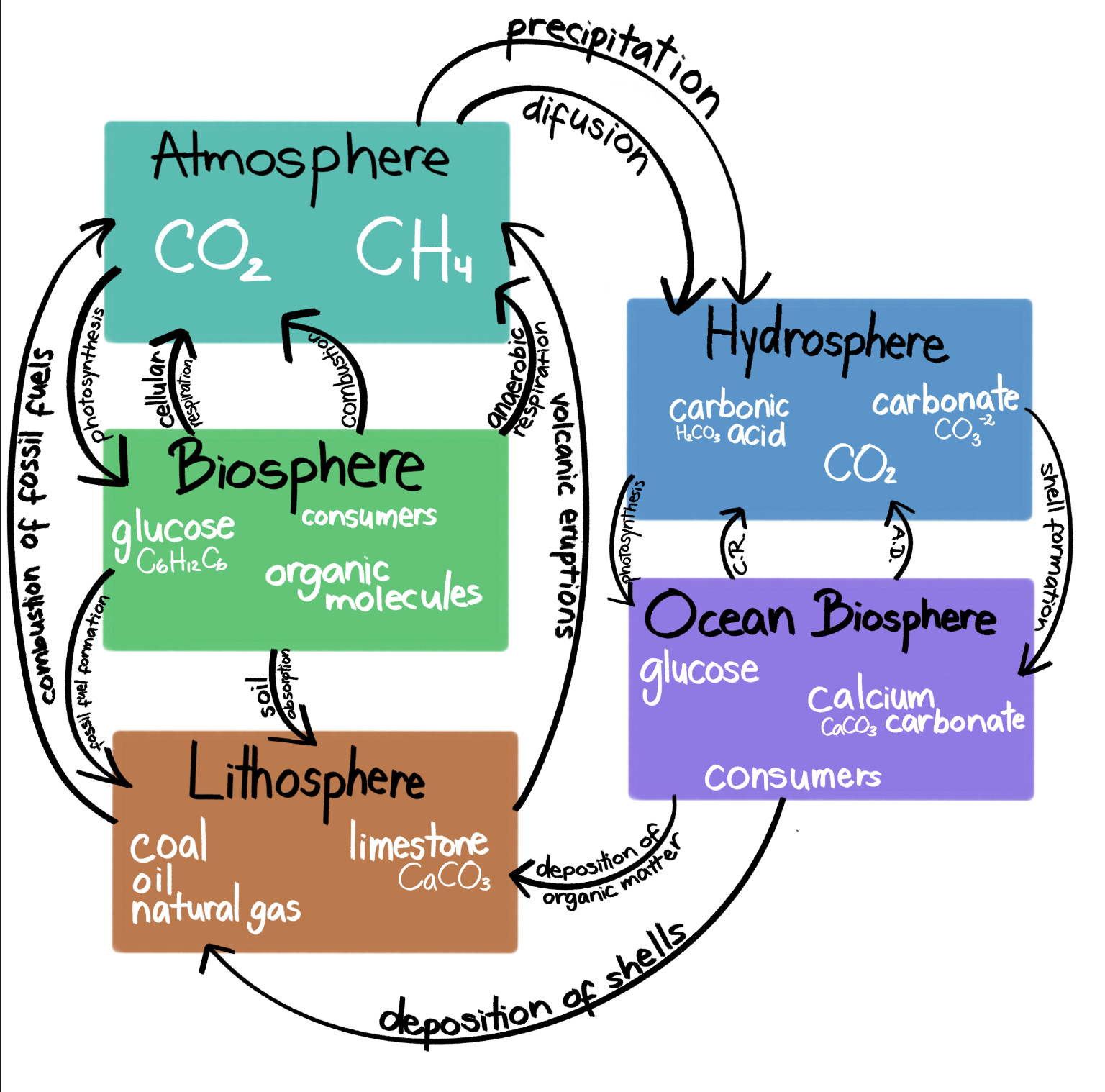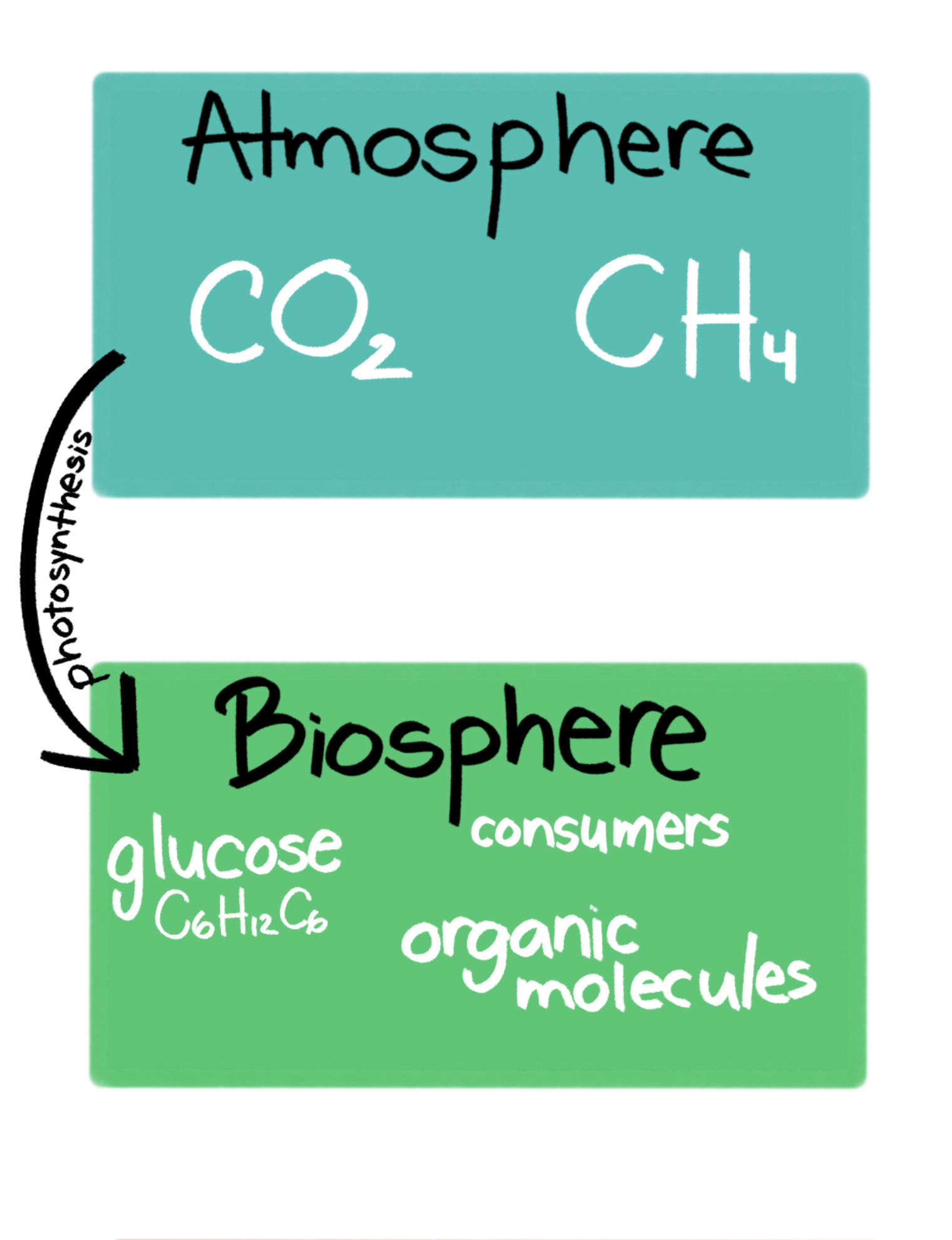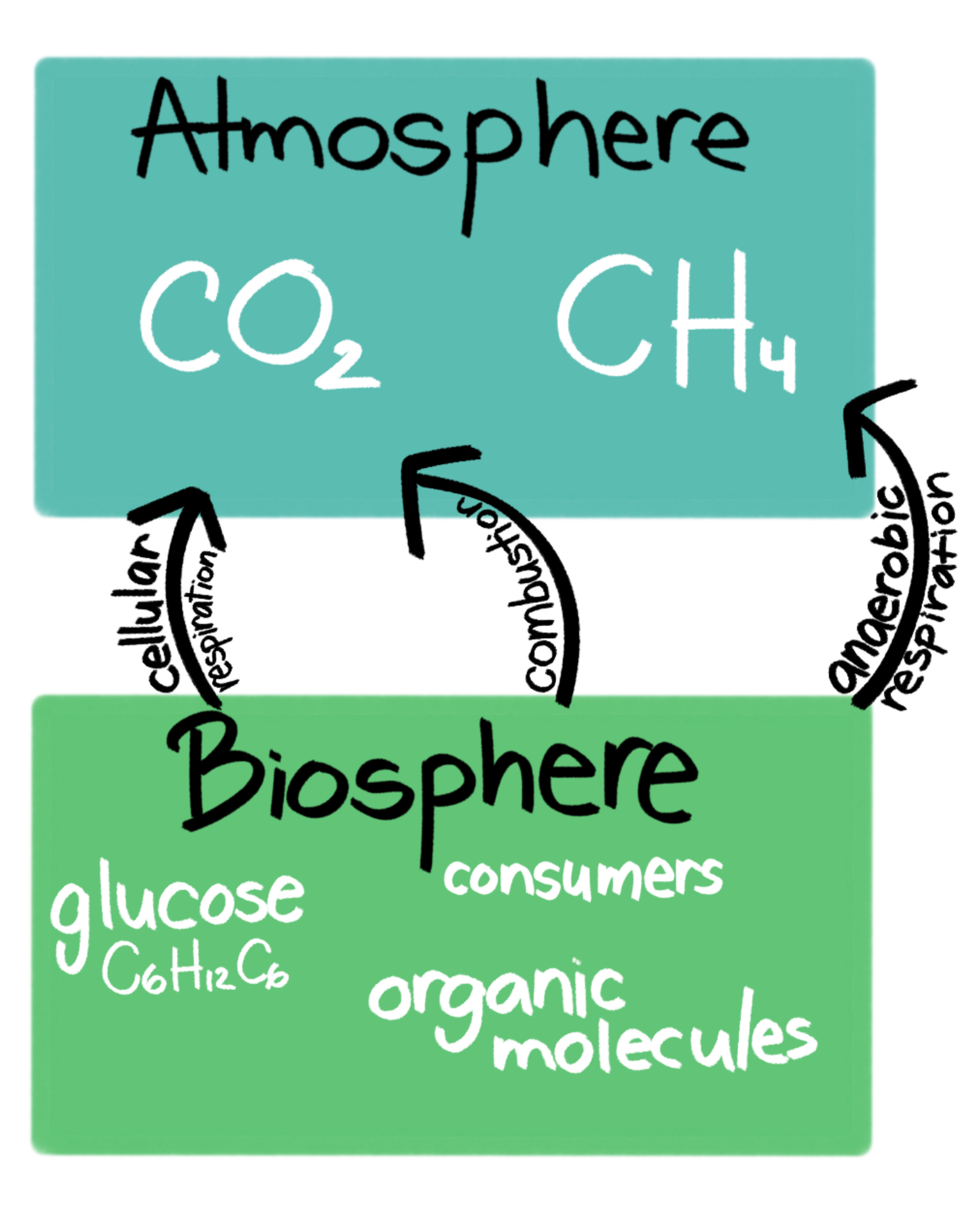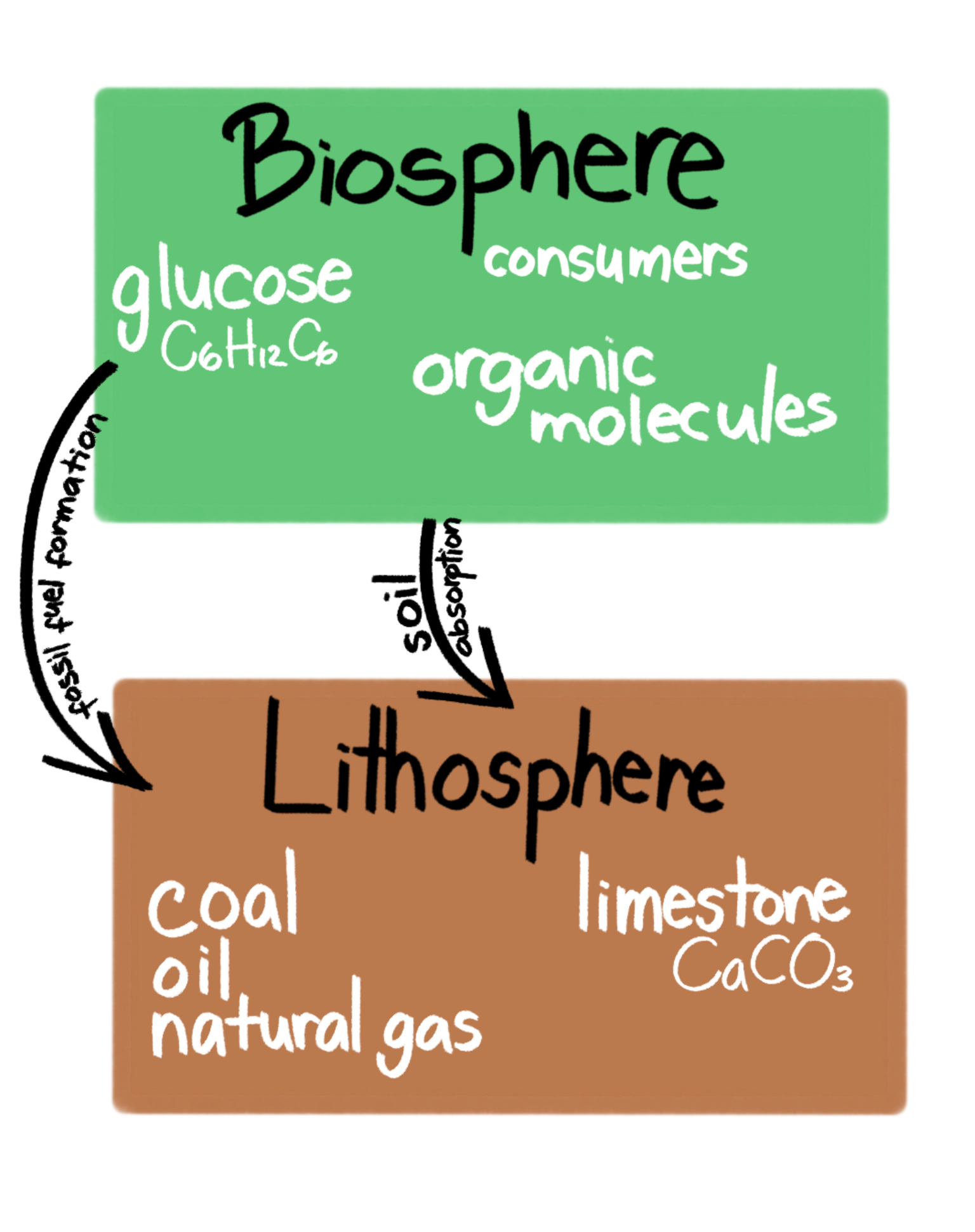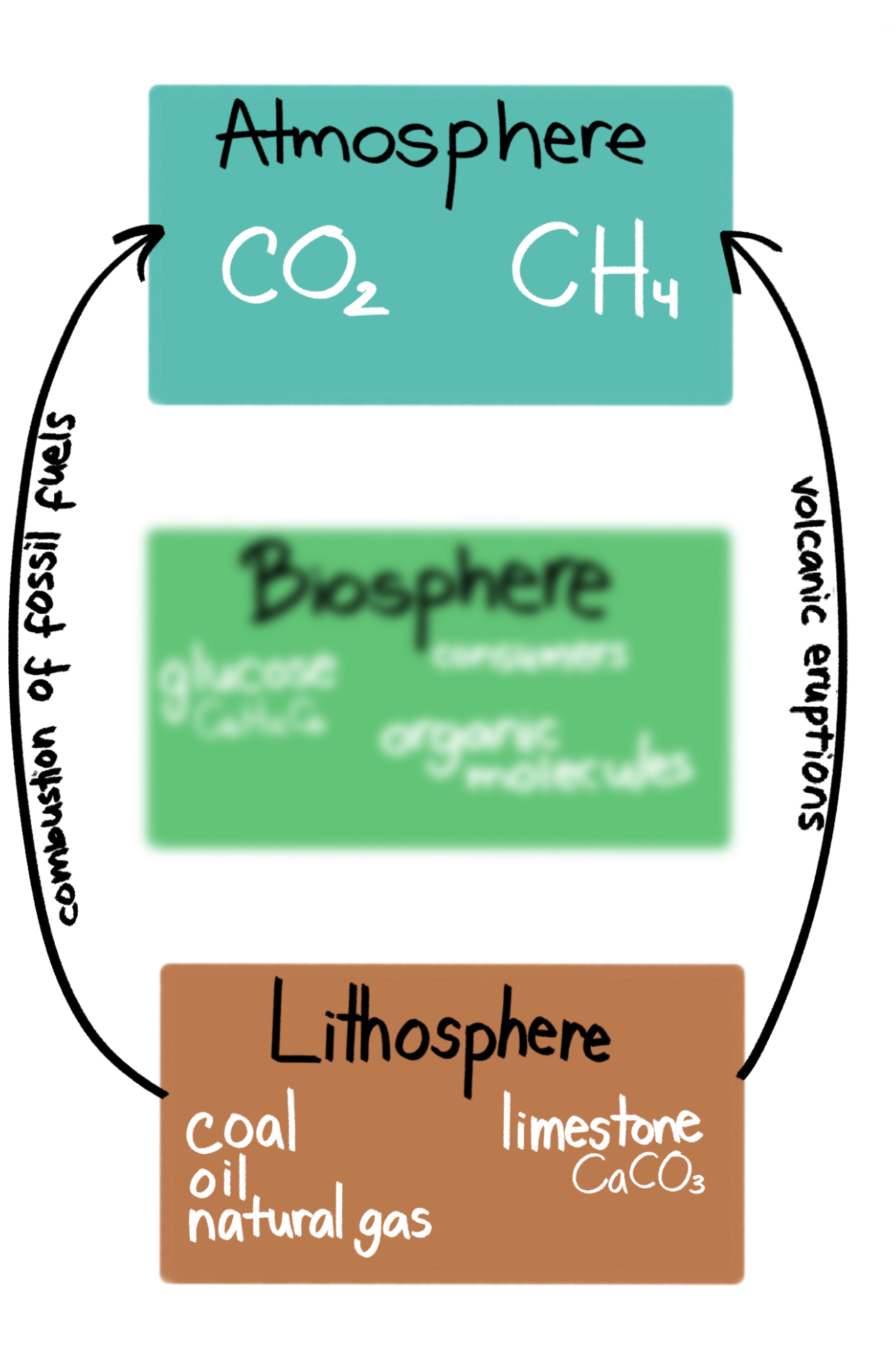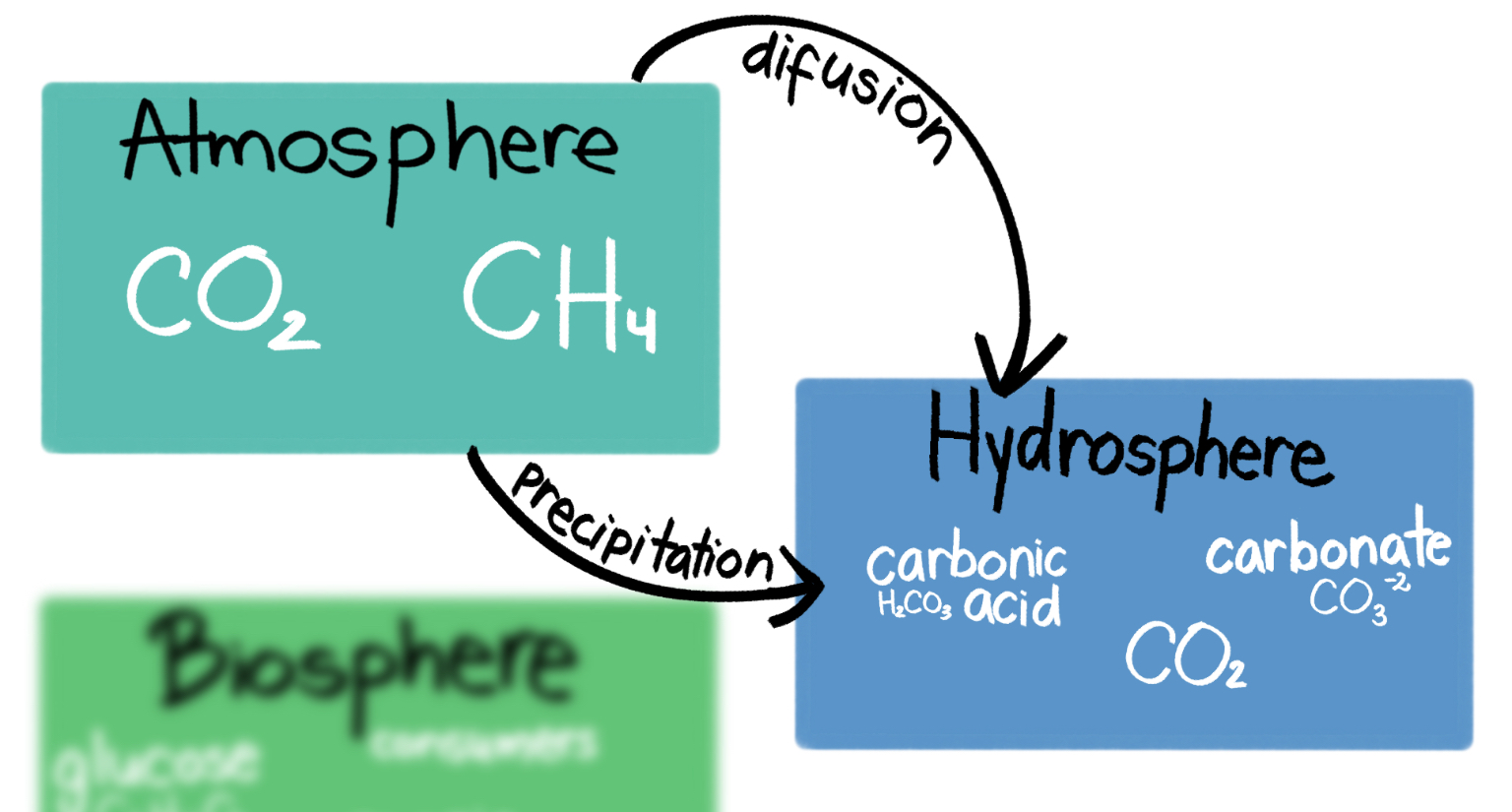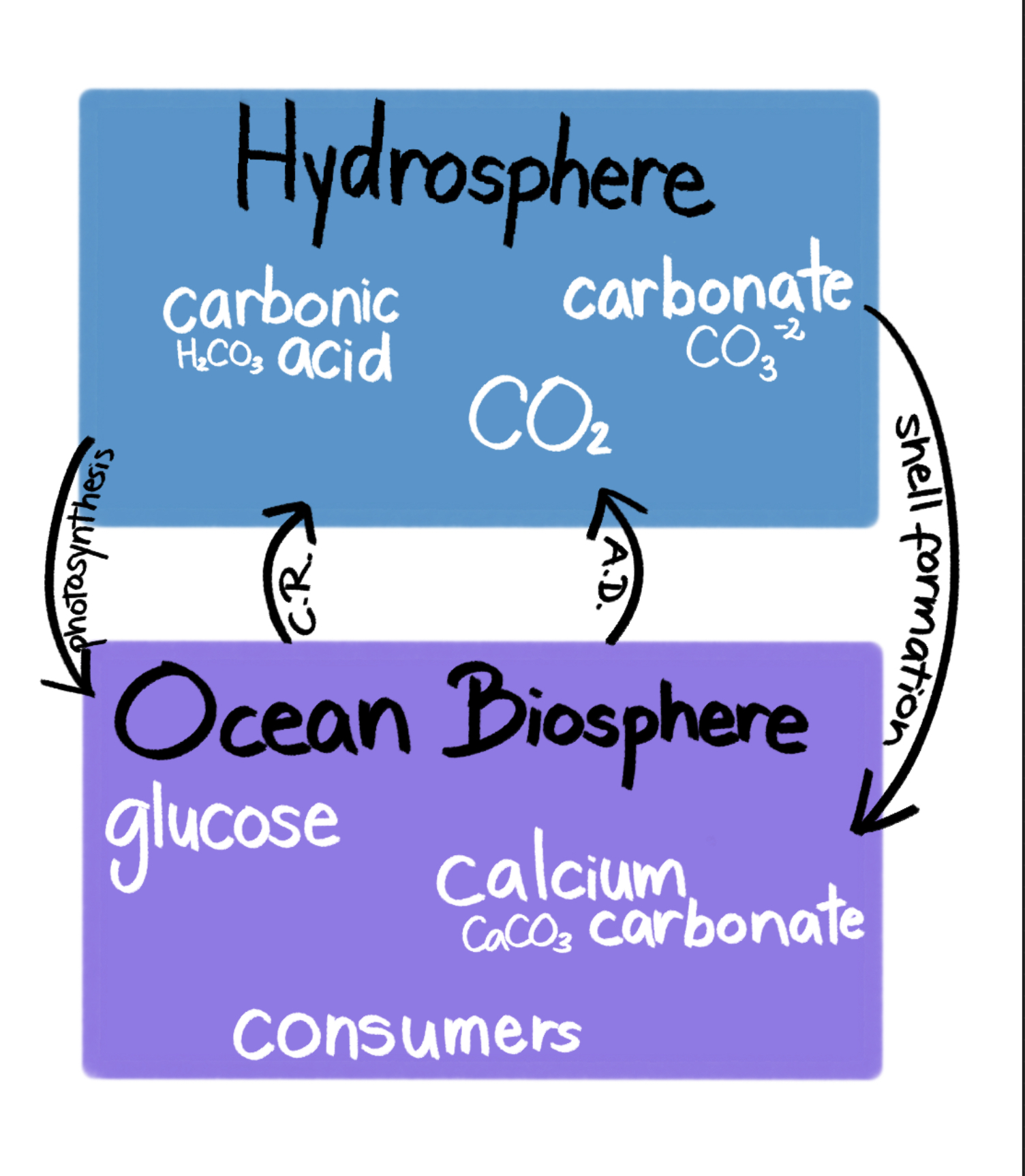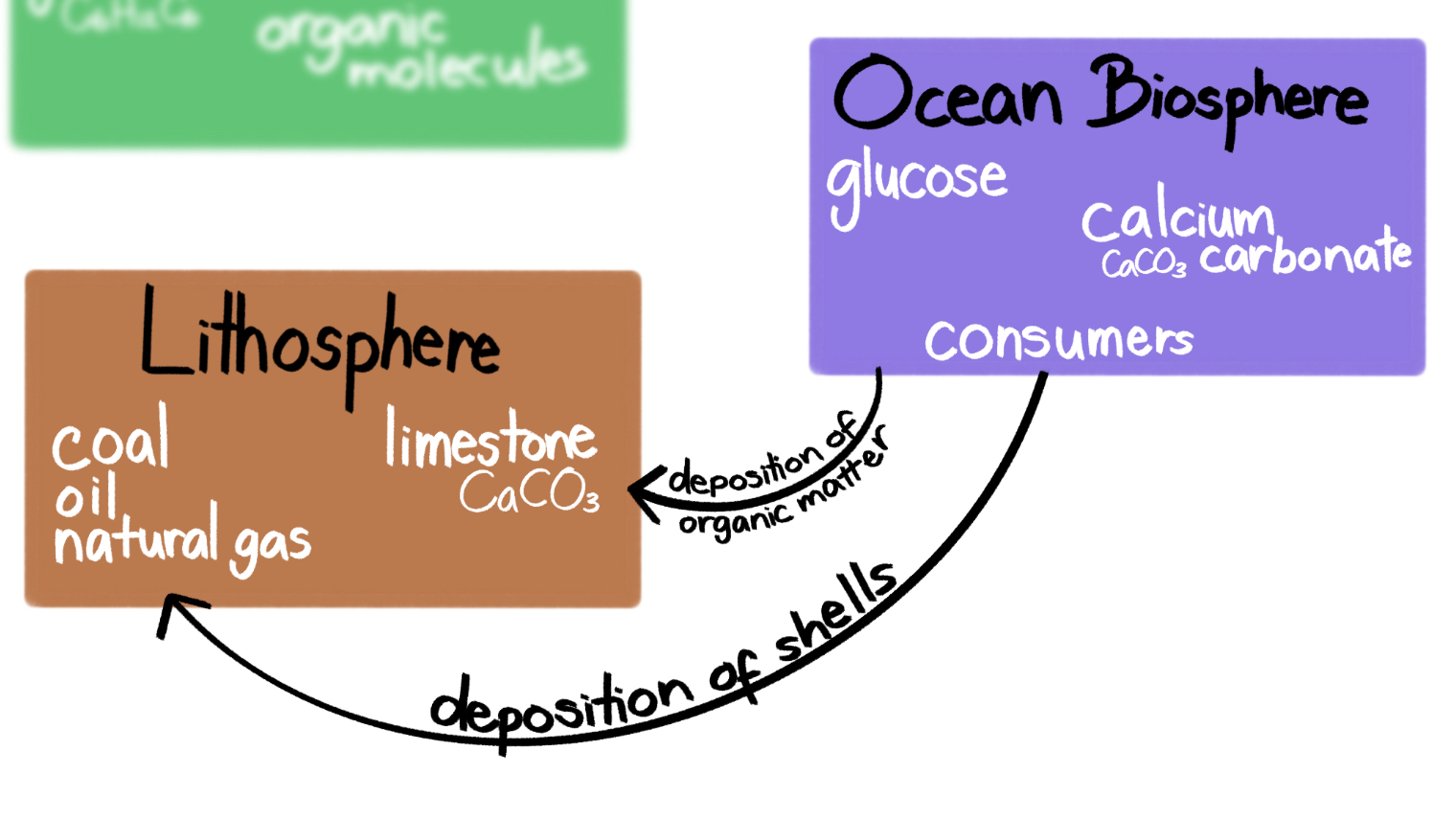5.0(1)
Other AP Environmental Science unit study guides
AP Environmental Science Ultimate Guide
Unit 1: The Living World: Ecosystems
Unit 2: The Living World: Biodiversity
Unit 3: Populations
Unit 4: Earth Systems and Resources
Unit 5: Land and Water Use
Unit 6: Energy Resources and Consumption
Unit 7: Atmospheric Pollution
Unit 8: Aquatic and Terrestrial Pollution
Unit 9: Global Change
Studying for another AP Exam?
Check out our other AP study guides
Tags
 Knowt
Knowt

